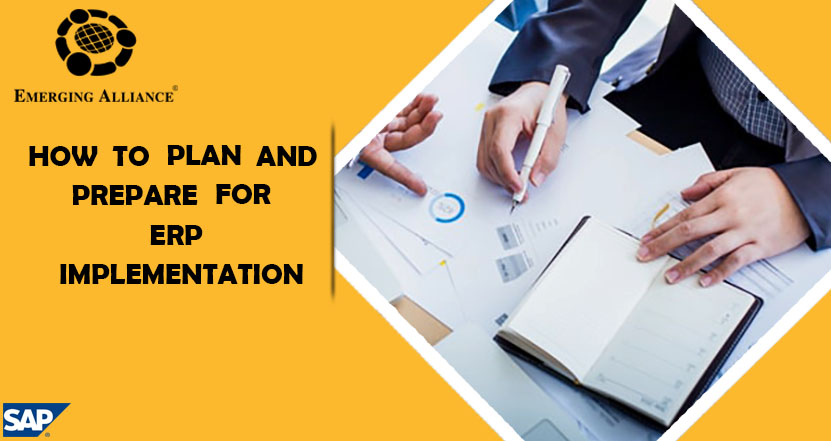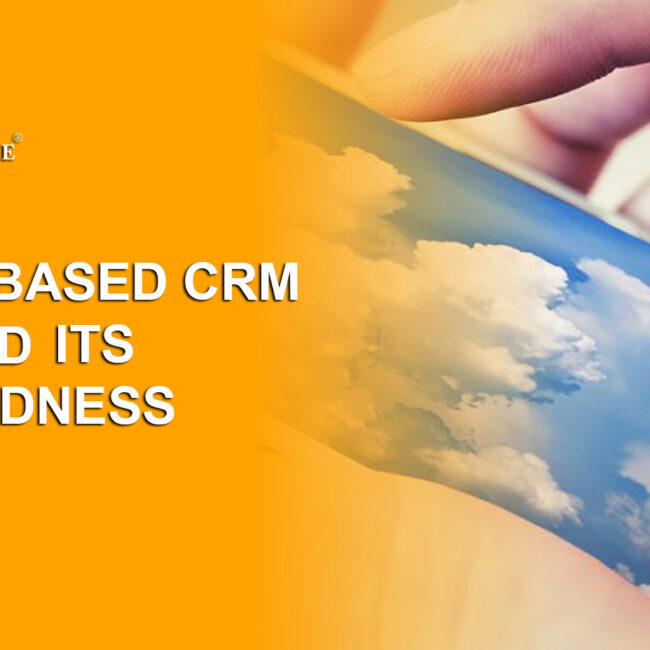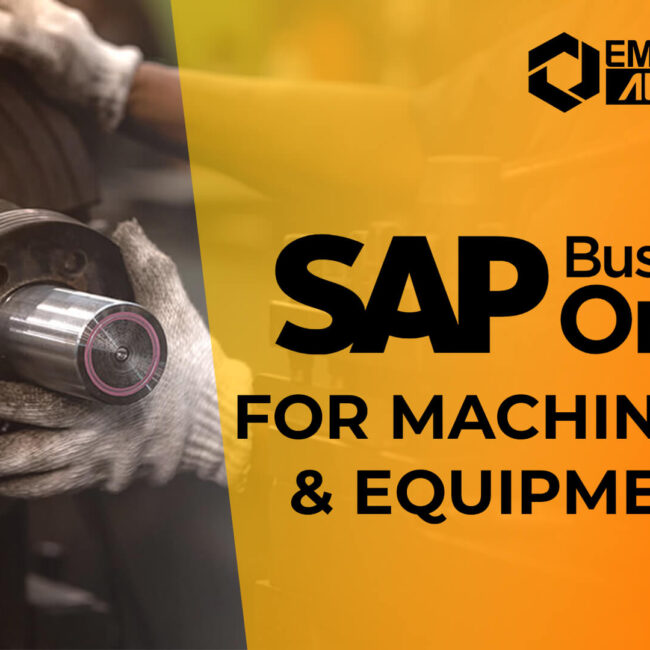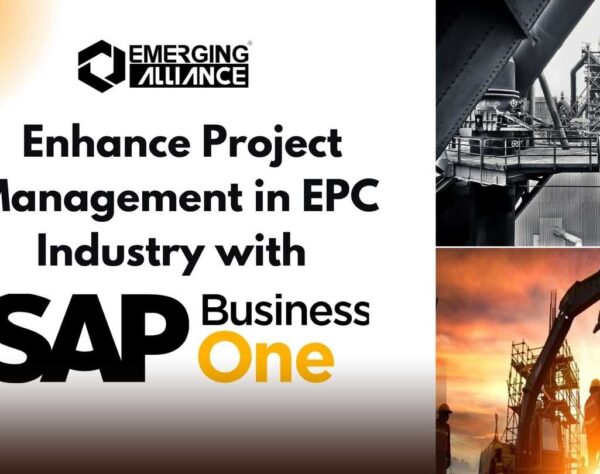
HOW TO PLAN AND PREPARE FOR ERP PROJECT

ISSUES IN PREPARATION FOR THE ERP JOURNEY
BASIC REQUIREMENTS
WHAT IS THE BENCHMARK?
-
Identify benefits and functions (or else)
-
Quantify the benefits (or how do you plan a budget)
-
Establish what needs to change to deliver the benefits (or risk keep on doing what you’ve always done?)
-
Get buy in and sign off on the achievable benefits at the highest levels (or be doomed to be undermined)
WHY DO THIS?
ERP THIS MAY COME AS A SURPRISE
It is important you find software that is capable to cover the ways your company needs to work and interact with your clients and suppliers.
Once you do, the software is no longer your sole focus.
80% of the success is
-
How you implement it – the project and change planning
-
How the execution of the architecture you design within it align to your business and its aims
-
The quality of the cast you use to execute
ERP CRITERIA FOR FAILURE
It’s more common than you might expect and if we give thought to understanding main failure points, we can move to avoid them
A major American consultancy identified in excess of 72% could be seen as failed project but of course few major companies would allow to admit their investment as poor value.
WHAT DO WE MEAN BY FAILURE?
-
Project costing more that promised
-
Project taking longer than promised
-
Project not delivering the benefits as promised
-
Project not benefitting the business as promised
WHY IS THIS THE CASE?
-
Waste
-
Fraud
-
Lies
-
Basic cluelessness
Bald words, but these are seen as the key drivers.
ANOTHER WAY OF LOOKING AT IT
-
Poor leadership
-
Resource deprivation
-
Political manoeuvring
-
Usually a human failure in truth rather than a failure in software
WHAT DOES THIS MEAN?
-
Lack of real identified needs and benefits
-
Lack of real statement of requirements (if you don’t tell vendors what you want, clearly; how can they deliver well)
-
Project creep (otherwise known as making it up as you go along)
-
No clear criteria for success ( what result are we wanting to measure – how do we judge our direction of travel)
FAILURE DOES NOT NEED TO HAPPEN
Don’t worry, there are things you can do to avoid problems
ERP A FIRST STEP
-
Identify benefits and functions (what do we want to achieve)
-
Quantify the benefits
-
Establish what needs to change to deliver the benefits
-
Get buy in and sign off on the achievable benefits
ERP A SECOND STEP
-
Define the As-Ls at a level more detailed than you might expect
-
Create a gap analysis between what you are doing in reality and what you could be doing if you lost the spreadsheets, databases etc.
-
Work out what changes are implied
-
Recognize that process change may need to happen and start thinking of how
-
Get business sign off!!
-
Create a statement of requirements that for each functional area details and questions the things that make you unique
Don’t fill the SOR with the stuff that’s like everyone else
Doing a proper discovery may uncover quick win opportunities
ERP A THIRD STEP
-
Select your team members on ability!
-
Design the system architecture selection using any process changes implied by the preferred ‘To Be’
-
Make sure business managers understand why change is happening and what it means
-
Plan the project management and the chess moves for change well in advance
-
Have a process in place to realize change and benefits
ERP INTERNAL FUNNEL
-
Plan
-
Reach
-
Act
-
Convert
-
Engage
Possible requirements for process analysis (agnostic view of how the ways of working might be)
-
Identify the opportunities
-
Communicate that vision
-
Empower people
-
Secure short-term wins
-
Consolidate and move on
-
Establish urgency
-
Create a coalition
-
Develop a clear vision
-
Fix and develop as issues arise
WRAPPING UP
OVERALL STRATEGIC VISION
-
Know what you want to achieve
-
Have active senior management support
-
Be clear on your detail requirements
-
Have buy-in
-
Ensure you see the detail covered that makes you different
-
Prepare to plan – but that is next time
ERP IMPLEMENTATION – HOW TO EXECUTE
Success needs the alignment of all three elements
Can’t focus on one element is isolation
It is a combination of the three that leads to success
Resolve short-cuts & barriers
Often the focus is on the software – this is wrong
ELEMENTS FOR NEXT TIME
-
Plan and arrange resources, prepare for disruption
-
Have we got strategic vision and leadership
-
Have we got senior management support as a guiding coalition
-
Have we a project champion who is permanent, senior and able to make decisions
-
Is there effective project management
-
Is there change management plans and projections – can we plot progress
-
Is there a recognition that a measure of business process re-engineering may need to take place
-
Post-implementation is there a life cycle – the third webinar
Get started today.
Visit: www.emerging-alliance.com







